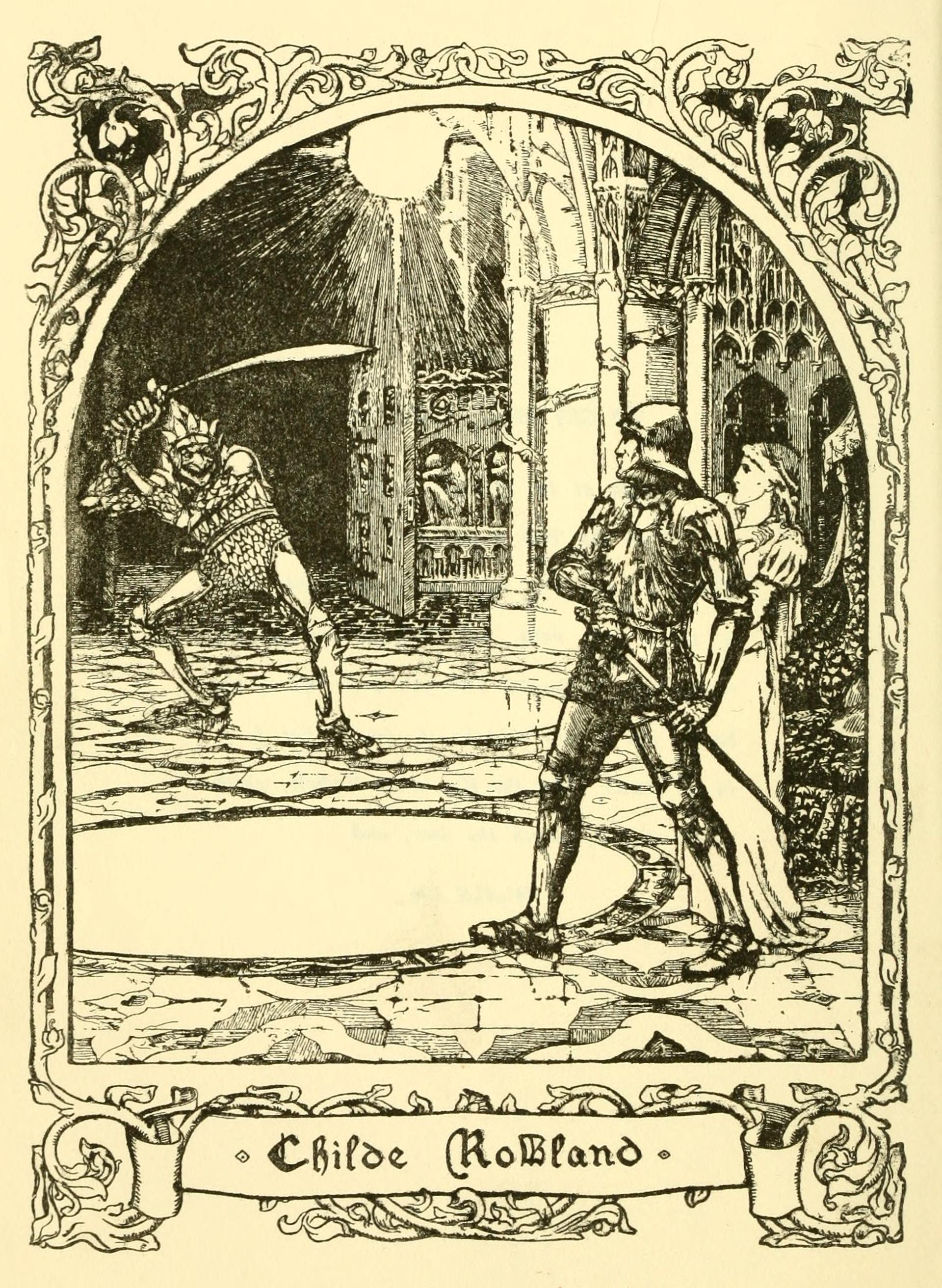Many people treat their blogging practice as an experimental thought space. They try out new ideas, explore a small space, attempt to come to understanding, connect new ideas to their existing ideas.
Ton Zylstra coins/uses the phrase "metablogging" to think about his blogging practice as an evolving thought space.
How can we better distill down these sorts of longer ideas and use them to create more collisions between ideas to create new an innovative ideas? What forms might this take?
The personal zettelkasten is a more concentrated form of this and blogging is certainly within the space as are the somewhat more nascent digital gardens. What would some intermediary "idea crucible" between these forms look like in public that has a simple but compelling interface. How much storytelling and contextualization is needed or not needed to make such points?
Is there a better space for progressive summarization here so that an idea can be more fully laid out and explored? Then once the actual structure is built, the scaffolding can be pulled down and only the idea remains.
Reminiscences of scaffolding can be helpful for creating context.
Consider the pyramids of Giza and the need to reverse engineer how they were built. Once the scaffolding has been taken down and history forgets the methods, it's not always obvious what the original context for objects were, how they were made, what they were used for. Progressive summarization may potentially fall prey to these effects as well.
How might we create a "contextual medium" which is more permanently attached to ideas or objects to help prevent context collapse?
How would this be applied in reverse to better understand sites like Stonehenge or the hundreds of other stone circles, wood circles, and standing stones we see throughout history.


 https://klagenfurtmigrationstudies.home.blog/understanding-barriers-to-immigration-by-listening-to-ellis-island-oral-histories/
https://klagenfurtmigrationstudies.home.blog/understanding-barriers-to-immigration-by-listening-to-ellis-island-oral-histories/
 Consequently, Springsteen recovers and adapts a song that deals with a timeless topic, immigration, and ultimately, the lack of equality for those who migrate to the United States. The music itself is a mixture of typical "American" sounds (rock 'n' roll, the electric guitar...) and an Irish-like folk motive.
Consequently, Springsteen recovers and adapts a song that deals with a timeless topic, immigration, and ultimately, the lack of equality for those who migrate to the United States. The music itself is a mixture of typical "American" sounds (rock 'n' roll, the electric guitar...) and an Irish-like folk motive.  * In the early 1990s, the country entered a severe recession, which was apparently overcome by the mid-1990s.
* Black businesses bloomed and Black celebrities (such as Micheal Jackson, Michal Jordan and Oprah Winfrey) started to appear and constituted the first "Black bourgeoisie". However, this was not the reality of common, middle or lower-class African-Americans: in some inner cities, between 30% and 43% of the population in poor neighborhoods (such as East New York, the South Bronx, South Central Los Angeles, Chicago's South Side) was jobless. Many of those "who had once held stable blue-color jobs, low-wage service jobs, such as in the fast-food industry" relied on occasional and informal activities (braiding hair, childcare, car repair...).
* The abuse of drugs that had exploded the previous decade went on, especially among poors.
* Mass incarceration persisted: in 1990, prisoners reached one million. "By 2000, one-third of all black males in their twenties were under the control of the criminal justice system—either in prison or jail, on parole, probation, or awaiting trial. The major reason for this disproportion in incarceration is the stark racism that continues to pervade the criminal justice system. […] The socio-economic and political consequences of mass incarceration for the black community have been profound. Hundreds of thousands of households have been destroyed". (
* In the early 1990s, the country entered a severe recession, which was apparently overcome by the mid-1990s.
* Black businesses bloomed and Black celebrities (such as Micheal Jackson, Michal Jordan and Oprah Winfrey) started to appear and constituted the first "Black bourgeoisie". However, this was not the reality of common, middle or lower-class African-Americans: in some inner cities, between 30% and 43% of the population in poor neighborhoods (such as East New York, the South Bronx, South Central Los Angeles, Chicago's South Side) was jobless. Many of those "who had once held stable blue-color jobs, low-wage service jobs, such as in the fast-food industry" relied on occasional and informal activities (braiding hair, childcare, car repair...).
* The abuse of drugs that had exploded the previous decade went on, especially among poors.
* Mass incarceration persisted: in 1990, prisoners reached one million. "By 2000, one-third of all black males in their twenties were under the control of the criminal justice system—either in prison or jail, on parole, probation, or awaiting trial. The major reason for this disproportion in incarceration is the stark racism that continues to pervade the criminal justice system. […] The socio-economic and political consequences of mass incarceration for the black community have been profound. Hundreds of thousands of households have been destroyed". (
 * White supremacy movements and groups (such as the Ku Klux Klan) reignited and engaged in violent acts against African Americans, firebombing of churches and campaigns against affirmative actions programs and integration in schools. "Millions of white Americans had become convinced that “too much” had been given to blacks".
* Poverty, hunger and hopelessness paved the way to the abuse of drugs; crack was especially consumed by poor Americans as it was inexpensive and easily available. As a consequence of the combination of low employment, educational poverty and drug popularity, drug dealing became the source of income for young people and violence increased significantly in Black neighborhoods.
* White supremacy movements and groups (such as the Ku Klux Klan) reignited and engaged in violent acts against African Americans, firebombing of churches and campaigns against affirmative actions programs and integration in schools. "Millions of white Americans had become convinced that “too much” had been given to blacks".
* Poverty, hunger and hopelessness paved the way to the abuse of drugs; crack was especially consumed by poor Americans as it was inexpensive and easily available. As a consequence of the combination of low employment, educational poverty and drug popularity, drug dealing became the source of income for young people and violence increased significantly in Black neighborhoods.


 * On June 12, President Kennedy announced he would present a civil rights bill to Congress, which was eventually passed the following year under the name of the Civil Rights Act.
* On June 12, President Kennedy announced he would present a civil rights bill to Congress, which was eventually passed the following year under the name of the Civil Rights Act.

